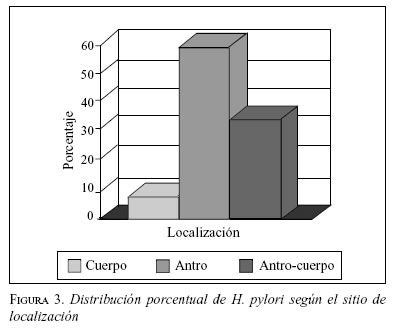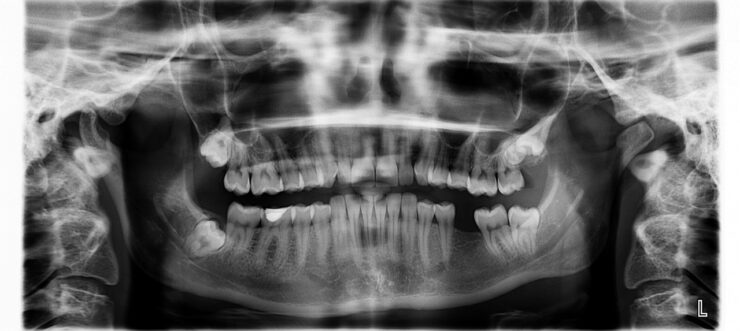All the patients were examined for findings suggestive of endoscopic gastritis, such as erythema, hyperemia, atrophy, and mucosal nodularity according to the criteria of the Sydney grading system [ 20 ]. Additionally, they were examined for the presence of gastric erosion and ulceration. These guidelines, The Sydney System: A New Classification of Gastritis was presented to the World Congress of Gastroenterology in Sydney in 1990, and was later published as six papers in the Journal of Gastroenterology and Hepatology. 
Classification of gastritis according to updated Sydney system
Grading of gastritis by Sydney System: acute inflammation, chronic inflammation, atrophic gastritis, intestinal metaplasia, and Helicobacter pylori densitiy. Adapted from Dixon et al. Source. The Sydney system is a useful tool for macroscopic and microscopic assessment of changes in the gastric mucosa as it enables the determination of inflammation type and severity, which helps the canine gastroenterologists to reliably compare the results of the tests performed in different facilities.
The Sydney system was, however, not immediatelyaccepted everywhere, and the criticism was voiced, particu-larly in the United States, that older 'entities' of gastritissuch as diffuse antral gastritis and multifocal atrophic gas-tritis (MAG), for example, apparently no longer appearedin the classification (5). The association between the Kyoto classification and updated Sydney system score among H. pylori-positive patients. Table 3 shows the association between the absence or presence of endoscopic findings in the Kyoto classification for gastritis and the USS scores among H. pylori-positive patients. 
Mean scores of histological parameters according to the Sydney system
OLGA (Operative Link for Gastritis Assessment) is a validated staging system that considers both the atrophy score and the compartment (oxyntic versus mucosecreting) from which the biopsy samples were obtained (i.e. oxyntic and antral mucosa, according to the Sydney System protocol) [45, 46]. Chronic gastritis is a long-lasting disease that can lead to a loss of appropriate gastric glands. Gastritis, as term, apply to an inflammation of the stomach, histologically proven, sometimes with structural mucosal changes. Worldwide Helicobacter pylori's infection play a pivotal role as the main etiological effector of chronic active gastritis.
The updated Sydney system: classification and grading of gastritis as the basis of diagnosis and treatment Authors M Stolte 1 , A Meining Affiliation 1 Department of Pathology, Klinikum Bayreuth, Preuschwitzerstrasse 101, 95445 Bayreuth, Germany. pathologie.klinikum@bnbt.de PMID: 11573102 DOI: 10.1155/2001/367832 Abstract Sydney system grading of chronic gastritis The Sydney System for the classification of gastritis emphasized the importance of combining topographical, morphological, and etiological information into a schema that would help to generate reproducible and clinically useful diagnoses. 
Gastritis cr nica Correlaci n de la clasificaci n de Sydney con el
The Sydney System for the classification of gastritis emphasized the importance of combining topographical, morphological, and etiological information into a schema that would help to generate reproducible and clinically useful diagnoses. The Sydney System for the classification of gastritis emphasized the importance of combining topographical, morphological, and etiological information into a schema that would help to generate reproducible and clinically useful diagnoses. To reappraise the Sydney System 4 years after its introductio. Classification and grading of gastritis.
Type of gastritis: active, chronic or other (lymphocytic, granulomatous, eosinophilic, etc.) Grade the presence of Helicobacter pylori, chronic inflammation, active inflammation, glandular atrophy, intestinal metaplasia Report (ungraded) granulomas, eosinophils, intraepithelial lymphocytes Sections of the gastric glands were sliced at a thickness of 5 μm and stained with hematoxylin and eosin (H&E) to score the degree of gastritis and gastric carcinoma according to the Updated.








